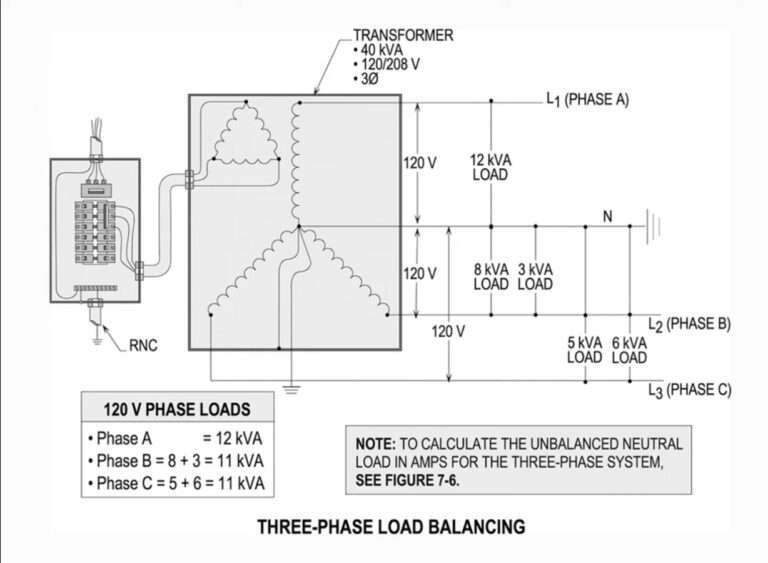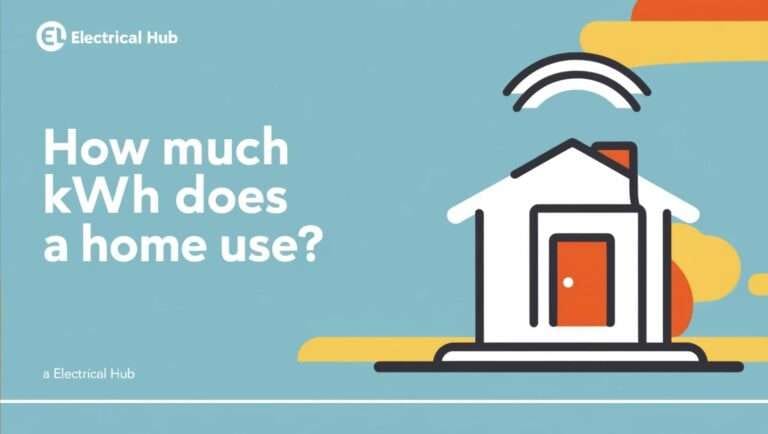One-Pedal Driving: What It Is and Should You Use It?
Electric vehicles (EVs) come with many innovative features, and one of the most talked-about is One-Pedal Driving. But what exactly is it, and should you be using it? In this blog post, we’ll explore how it works, its pros and cons, and whether it’s the right driving mode for you.

What Is One-Pedal Driving?
As the name suggests, One-Pedal Driving allows you to control your EV’s movement using only the accelerator pedal. Unlike traditional driving, where you frequently switch between the gas and brake pedals, this feature lets you slow down and even stop simply by easing off the accelerator.
When One-Pedal Driving is off, your EV will coast similarly to a conventional gasoline-powered vehicle. However, when activated, the car engages regenerative braking, which slows the vehicle down aggressively and even stops it completely when you lift off the pedal.
While emergency braking still requires pressing the brake pedal, everyday driving can often be managed entirely with the accelerator.
How Does One-Pedal Driving Work?
One-Pedal Driving relies on regenerative braking, a system that converts the car’s kinetic energy into electricity, sending it back to the battery. Here’s how it works:
- When you release the accelerator, the car slows down as energy is recaptured.
- If you keep your foot off the pedal long enough, the vehicle will come to a complete stop and hold its position.
- Different automakers implement One-Pedal Driving in unique ways—some offer an on/off toggle, while others provide variable levels of regenerative braking through paddles or settings.
Tips for Mastering One-Pedal Driving
Driving with One-Pedal Driving requires some adjustment. Here are a few tips to make the transition smoother:
- Practice smooth modulation: Since regenerative braking is strong, even a slight lift of the accelerator causes noticeable deceleration.
- Keep light pressure on the pedal: Unlike conventional driving, maintaining a steady speed often requires keeping slight pressure on the accelerator.
- Understand your car’s response: Different EV models have unique implementations of One-Pedal Driving, so take time to get used to your specific vehicle’s behavior.
Do Brake Lights Activate in One-Pedal Driving?
Yes! In most EVs, the brake lights illuminate when you release the accelerator, even though you’re not physically pressing the brake pedal. However, the timing varies by manufacturer. Some EVs light up brake lights immediately upon lifting the accelerator, while others may have a slight delay.
Pros and Cons of One-Pedal Driving
Benefits
- Easier Driving – With practice, it reduces the need for foot movement between pedals, making driving more effortless.
- Increased Efficiency – Regenerative braking helps recover energy and can increase your EV’s range.
- Reduced Brake Wear – Since friction brakes are used less often, brake pads and rotors tend to last longer.
Potential Downsides
- Adjustment Period – Some drivers find it unnatural at first.
- Brake Light Concerns – You have less control over when your brake lights activate.
- Not Available on All EVs – Some models, like the Toyota bZ4X and Volkswagen ID.4, don’t have a true One-Pedal Driving mode but offer similar regenerative braking features.
How to Activate One-Pedal Driving
The process for enabling One-Pedal Driving varies by brand:
- Ford (F-150 Lightning, Mustang Mach-E) – Simple on/off toggle in the infotainment system.
- Hyundai, Kia, Genesis – Steering-wheel paddles adjust regenerative braking levels and engage “i-Pedal” mode.
- General Motors (Chevrolet Bolt, GMC Hummer EV) – Offers a One-Pedal Mode and a regen-on-demand paddle for extra braking control.
Alternatives to One-Pedal Driving
If your EV doesn’t support One-Pedal Driving, some features can mimic the experience:
- Aggressive regenerative braking settings slow the vehicle significantly when lifting off the accelerator.
- Brake Hold keeps the car stationary at a stoplight without requiring pedal pressure.
While these features don’t fully replicate One-Pedal Driving, they offer a similar experience.
Final Thoughts: Should You Use One-Pedal Driving?
One-Pedal Driving is a game-changer for many EV drivers, making daily commutes more effortless and energy-efficient. However, it’s a personal preference—some drivers love the convenience, while others prefer the traditional two-pedal setup.
If you’re new to One-Pedal Driving, give it a try and see if it works for your driving style. And if you want to maximize your EV’s battery longevity, check out our other blog posts for tips on battery preservation and efficiency!
OnePedalDriving, #EVTechnology, #ElectricVehicles, #SustainableDriving, #RegenerativeBraking, #EcoFriendlyCars, #FutureOfDriving, #SmartDriving, #EnergyEfficiency, #GreenMobility, #EVLife, #ElectricRevolution, #DriveElectric, #NextGenCars, #ZeroEmissions






